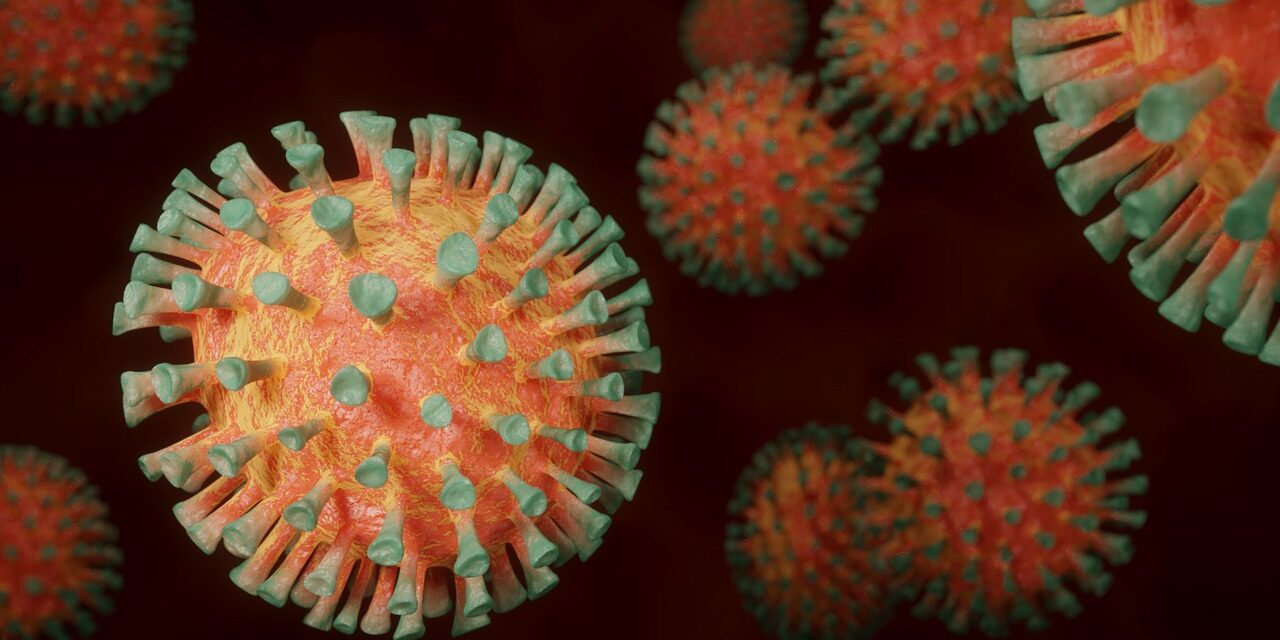In today’s ever-changing world, the threat of a pandemic is a stark reality. The recent global health crises have underscored the importance of being prepared for such eventualities. While the thought of a pandemic can be daunting, being well-prepared can significantly reduce panic and help you and your family stay safe. This article will guide you through creating a pandemic survival essentials checklist, ensuring you have everything you need to weather a pandemic safely and effectively.
The idea of preparing for a pandemic is not about succumbing to fear but about being proactive and responsible. As we have learned, pandemics can disrupt every aspect of life – from the availability of medical supplies to the functionality of the global supply chain. Being prepared means having the resources to sustain your household when regular services are disrupted, and access to essentials becomes limited or entirely unavailable.
But what exactly does pandemic preparedness entail? It goes beyond just having a stockpile of food and water. It involves understanding the nature of pandemics, how they spread, and the best practices for keeping your family healthy and safe. This guide will walk you through a comprehensive checklist covering all necessary aspects of pandemic preparedness, from essential supplies to health and hygiene protocols, and even mental well-being strategies during extended periods of isolation or lockdown.
Let’s delve into the essential components of a pandemic survival kit, offering insights and expert advice on each element. This guide is designed to be your go-to resource for pandemic preparedness, helping you to stay one step ahead in these uncertain times.
Detailed Explanations and Insights on Pandemic Preparedness
1. Essential Supplies and Stockpiling
At the heart of pandemic preparedness is the stockpiling of essential supplies. This includes non-perishable food items, water, medications, and hygiene products. It’s recommended to have at least a two-week supply of these items. However, depending on the severity and expected duration of a pandemic, you may consider extending this to a month or more. Key items include:
- Dry goods such as rice, pasta, beans, and lentils
- Canned foods, including vegetables, fruits, and meats
- Bottled water and water purification tools
- Prescription medications and a well-stocked first-aid kit
- Personal hygiene products like soap, hand sanitizer, and toilet paper
2. Health and Hygiene Practices
Maintaining health and hygiene is crucial during a pandemic. This involves regular handwashing, wearing masks, and practicing social distancing. Additionally, having a plan for if someone in the household falls ill is essential. This might include having a separate room for isolation and understanding the basics of caring for a sick individual without putting others at risk.
3. Staying Informed
Access to reliable information is critical in a pandemic. Stay updated with news from credible sources like the World Health Organization (WHO) and local health departments. Misinformation can lead to panic and unwise decisions, so it’s crucial to rely on trusted sources.
4. Home Safety and Security
During a pandemic, ensuring your home is safe and secure is vital. This includes having a plan for emergencies, such as power outages or medical emergencies. Additionally, consider home security measures, as pandemics can unfortunately lead to increased crime rates in some areas.
5. Mental Health Considerations
The psychological impact of a pandemic can be profound. Prolonged isolation, fear of illness, and economic uncertainties can lead to increased stress and anxiety. It’s important to prioritize mental health by maintaining routines, staying connected with loved ones, and seeking professional help if needed.
6. Financial Preparedness
Pandemics can lead to unexpected financial challenges. Having an emergency fund and a plan to manage finances during extended periods of unemployment or reduced income can provide much-needed stability.
7. Communication Plans
Establishing a communication plan with family, friends, and neighbors is crucial. This includes setting up methods to check on each other and share resources if necessary. It’s also important to discuss and plan for the care of pets and elderly relatives.
8. Continuity of Education and Work
In many cases, pandemics lead to the closure of schools and workplaces. Preparing for remote education and work is essential. This means ensuring access to technology, internet, and a conducive environment for learning and working from home.
Summary and Key Takeaways
Preparing for a pandemic is a multifaceted task that requires thorough planning and proactive measures. The key takeaways from this guide are:
- Stockpile Essentials: Ensuring a sufficient supply of non-perishable foods, water, medications, and hygiene products is the foundation of pandemic preparedness.
- Maintain Health and Hygiene: Regular handwashing, wearing masks, and social distancing are crucial. Have a plan for the care of sick individuals within the household.
- Stay Informed: Reliable information is key. Follow updates from credible sources and avoid misinformation.
- Home Safety and Security: Prepare for emergencies like power outages and consider security measures to protect your home.
- Prioritize Mental Health: The psychological impact of pandemics is significant. Maintain routines, stay connected, and seek professional help if overwhelmed.
- Financial Stability: Having an emergency fund and a plan to manage finances during economic uncertainty is essential.
- Effective Communication: Establish communication plans with family and neighbors. Consider the needs of pets and elderly relatives.
- Remote Work and Education: Be prepared for closures of schools and workplaces. Ensure the necessary technology and environment for remote activities.
Remember, preparedness is not just about having supplies; it’s also about being mentally and emotionally ready to face challenges. In times of a pandemic, your resilience, adaptability, and ability to stay calm can significantly impact your survival and well-being.
Finally, while this guide provides a comprehensive overview of pandemic preparedness, it is vital to tailor your plan to your specific needs and circumstances. Stay aware, stay safe, and remember, preparation today can make a significant difference tomorrow.








